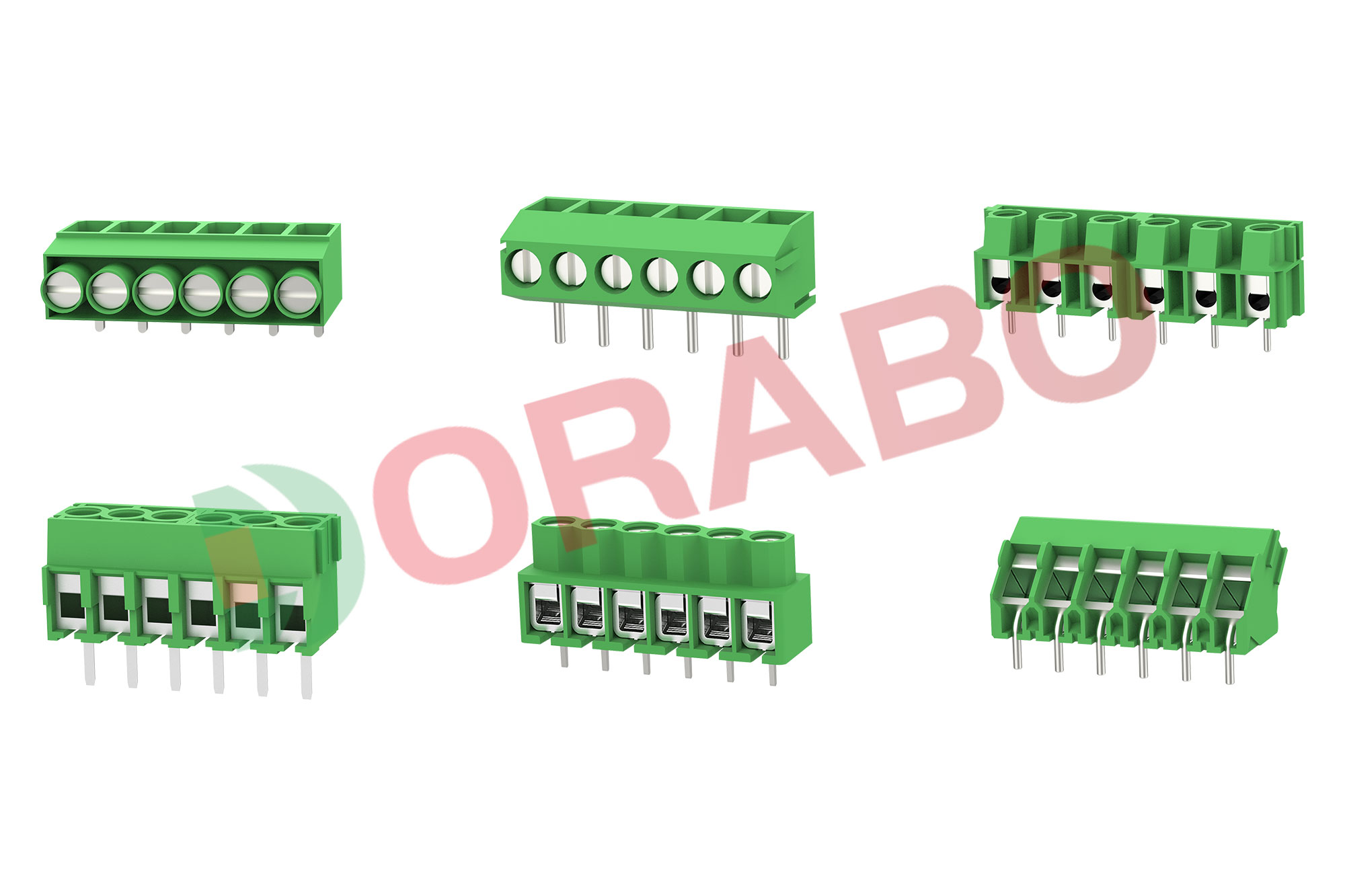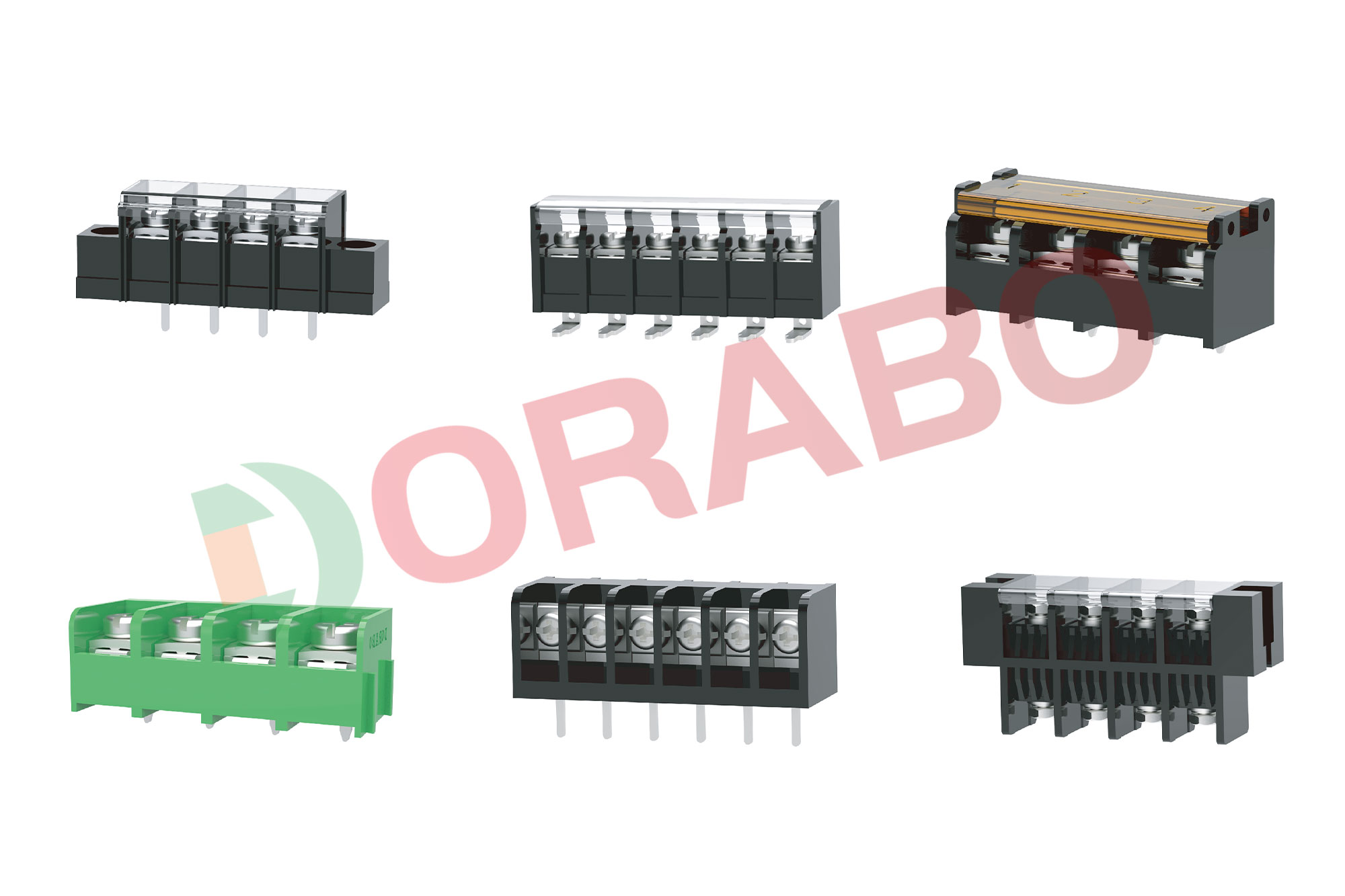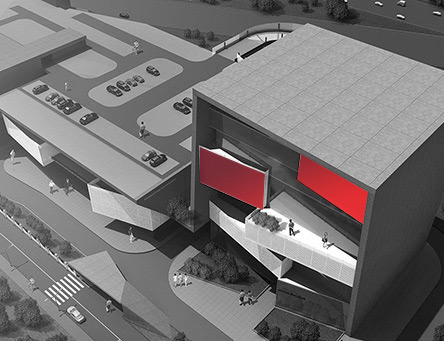An Electrical Terminal block consists of modular housing with an insulated body that secures two or more wires together. Terminal blocks—also referred to as terminal connectors, connection terminals, or screw terminals—are used in a wide array of applications where electrical systems need to be safely connected. They are ideal for designs requiring secure, well-organized, and semi-permanent wire connections that can be easily swapped out for inspection or repair in the field.
Terminal Block Manufacturers's Terminal Block Types
Various types of terminal blocks can be used in a design. These are some of the most common:
PCB Mount
Often referred to as Eurostyle or wire-to-board terminal blocks, PCB mount terminal blocks work by inserting bare wires into the module where a clamp secures the wire in the housing. The housing is then soldered to a PCB in common footprints. PCB mount terminal blocks can be single, dual, or multi-level modules.
Barrier Strips
These terminal blocks have a screw-down terminal where a ring or spade terminal is attached to the wire and then inserted onto the screw and tightened into the housing. Barrier strips are commonly used where vibration is a concern.
Feed-Through
Feed-through terminal blocks are used to connect two wires for wire-to-wire connections. This terminal block type has one input and one output contact where two distinct wires are fed into opposite sides of the housing. Like PCB mount versions, these can also be single, dual, or multi-level modules.





















 Contact us
Contact us Language
Language


